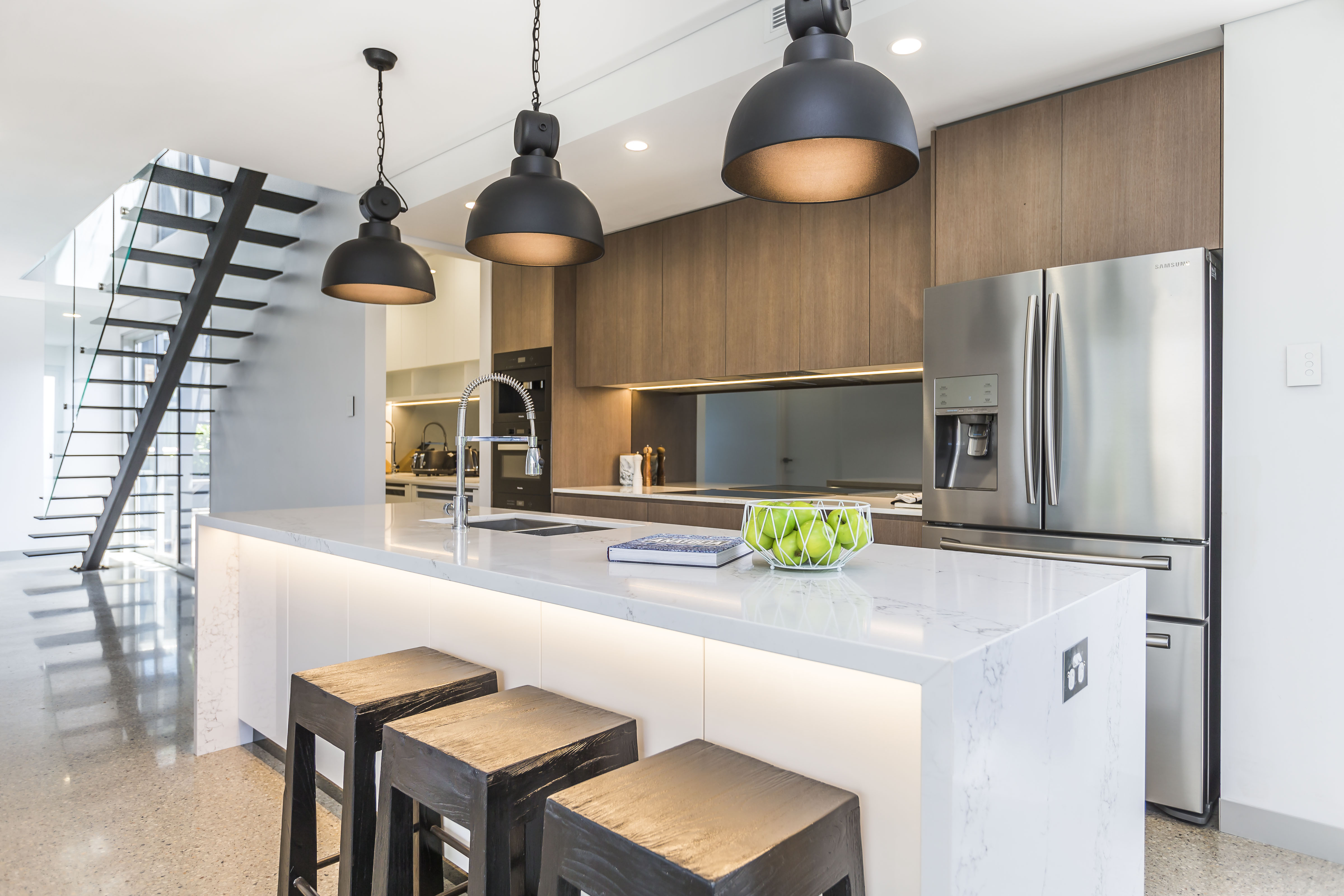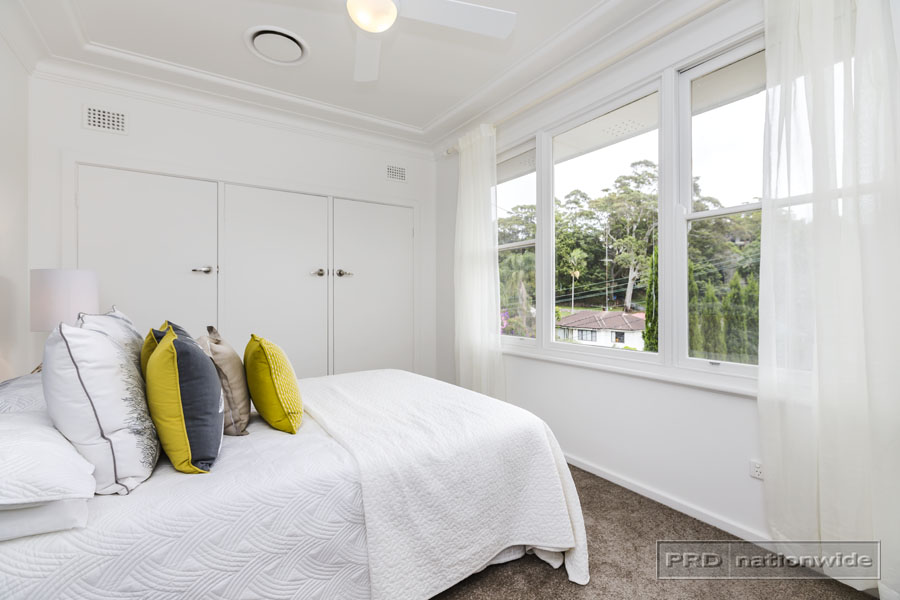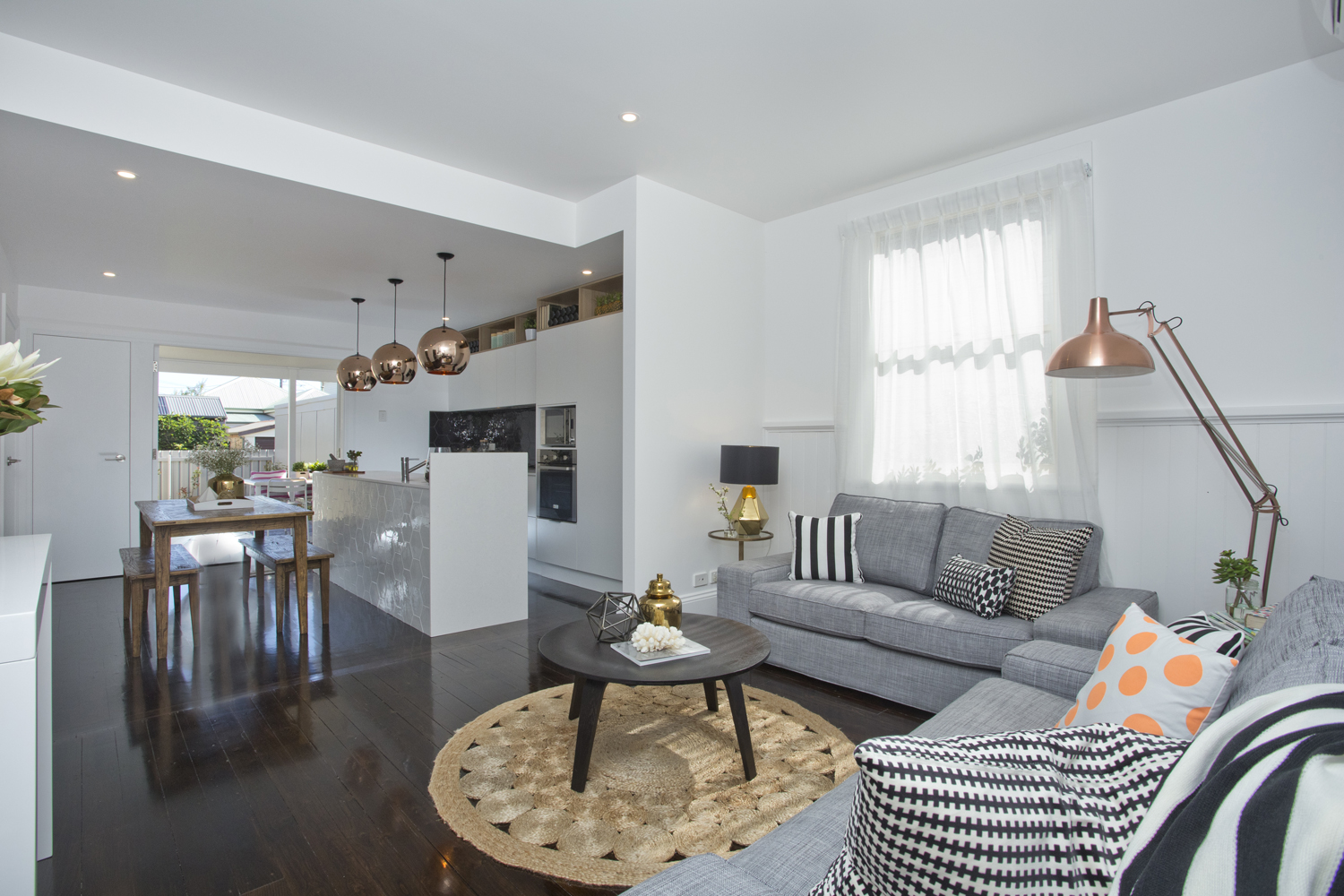Education: this is the most critical element if you plan to renovate with profit in mind. It doesn’t only help you ‘get it right.’ It also helps you ‘get it right the first time.’
But at times, you’ll encounter challenges along the way. It’s an inevitable part of learning and growth. So in this five-part post series, Rapid Renovation Expert Naomi Findlay identifies and discusses the top property renovation mistakes you can make and how you can avoid them – for good.
Lack of Research
This is your due diligence. As a successful property renovator, you have a responsibility to ensure that the information you have about a potential project is based on facts – statistics – and not based on what other people say.
The key to doing your research is obtaining information that’s up-to-date, verifiable, and accurate. Why are these important? It’s because the string of decisions you’ll make afterwards will be hinged on what you know about the property and the suburb where the project is.
But informed decision making isn’t the only benefit you’ll get from doing your research. As you make this a habit, you’ll soon acquire specialized knowledge in a specific area, making you an expert of your own patch.
Not knowing who your target market is
Sorry to say, but when you renovate with profit in mind, the spotlight isn’t on you. It’s not all about you. Everything now is all about your target market. What does this exactly mean?
First, your target will be your end-users. They’ll be the future owners or tenants of your project. So it makes sense for you to think about them even before you start working on your renovation.
Second, if you make your renovation all about you, you’re forcing your subjective views. If you do that, the chance of the property appealing to a wider audience is effectively diminished. You know very well that we have different perceptions about beauty, and that we have different experiences when exposed to the same controlled environment. It’s the same principle that applies to renovation. So in order to meet your target market ‘half way,’ you need to stay objective.
Third, with profit in mind, your renovation project has to appeal to at least 80% of your target market. That’s 8 out of 10 people. By appealing to this wide audience, you’ll increase your chance of having a potential buyer or a prospective tenant. From that, you’ll have one that’s motivated to buy or to rent.
So how do you get to know your market?
It’s simple: know who they are and become who they are. Put yourself in your buyer’s shoes! Who usually buys property in your renovation suburb? What kind of lifestyle do they have? What kind of work do they have? What kind of car do they drive? Do they have children? Do they have pets? What are their hobbies? It’s these questions and more that helps you unlock the identity of your target market.
Not knowing what your target market wants
This is an offshoot to knowing who your target market is. Once you get to know who they are, you need to know what they want. Now, I have the following tips so you can identify what your target market wants.
First, you can start by figuring out the demographics in your renovation area. What types of owners are there? By knowing demographic information, you’ll get an idea of who might get interested in your finished product.
Second, you can also focus on property buying behaviours. Who usually looks for the type of property that you intend to renovate? What features are they looking for in a property? By establishing a pattern in ‘shopping’ behaviour, you’ll effectively create a renovation plan.
Third, you can also focus on the features of your renovation suburb. What attracts home buyers to the area? What types of properties are there? From there, you can now create your renovation plan tailored to your target market’s preferences.
Not knowing what your target market can afford
Now, it’s not enough to know who your target market is and what they want. You also have to know how much they can afford.
This is pretty simple to consider. You can’t renovate thinking that if you do this and that you’ll end up maximizing your sale price and your potential profit. Actually, maximising your sale price and profit is totally fine. But what if no one in that suburb can’t afford it?
The key is to know the prevailing numbers in your renovation area. Always remember that while property reports take into account the national property market, they also consider the regional markets. And under these regional markets is what you should be interested in: the micro-markets.
Micro-markets are specific markets that have their own property climate. This explains why the median price on one suburb is different from another. When applied to renovation, it means that you’d have to have a finished product that your target market will find affordable and appealing.
Case in point: if a suburb has a median house price of $500,000, you can’t invest in renovation costs and expect to sell your product for $1.5 million. It is possible but it’s not guaranteed.
This brings me to the next point, which will be discussed in the second part of this blog series.
For more information














